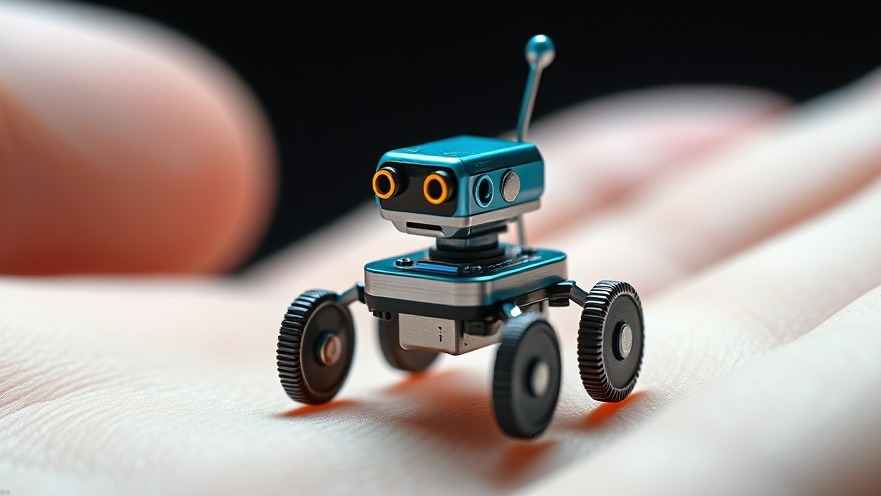
The Dawn of a New Era in Biomedical Robotics
The latest advancements in medical technology have introduced a remarkable creation: the world’s smallest multifunctional biomedical robot. Developed by researchers at the Hong Kong University of Science and Technology (HKUST), this groundbreaking innovation is set to revolutionize interventional diagnosis and treatment in ways previously thought impossible.
What Makes This Robot Stand Out?
With a slender profile measuring just 0.95 mm, this robot is a substantial 60% smaller than existing endoscopic models. This diminutive size translates into a myriad of advantages within the human body, particularly in areas that are anatomically challenging to navigate, such as the end bronchi of the lungs and oviducts. The robot excels in imaging and high-precision motion, integrating sampling, drug delivery, and laser ablation functionalities seamlessly into one unit.
Innovative Technology Behind the Design
The design of this advanced robotic system incorporates four core components that work in harmony to facilitate its operations. The foundation is an optical fiber array that captures real-time images inside the body, providing invaluable visual feedback to medical practitioners. A custom-designed tool ensures that treatments can be delivered with pinpoint accuracy, while the robot’s hollow skeleton — created using a microscale 3D printer — maintains structural integrity while allowing for significant flexibility. Finally, the functionalized skin not only enhances control but also facilitates smooth navigation through tight spaces.
A Promising Future for Robotic Procedures
As this innovative robot was put to the test in controlled environments, the results were nothing short of impressive. Researchers utilized in vitro bronchial models and ex-vivo porcine lungs, confirming the robot's ability to navigate complex structures effectively while simultaneously capturing high-quality images. With improvements in obstacle detection distances reaching up to 9.4 mm and motion precision lower than 30 μm, healthcare practitioners can look forward to safer and more effective interventional procedures.
Implications for Health Practitioners
For concierge health practitioners looking to stay at the forefront of medical technology, the implications of this development are significant. The ability to utilize advanced robotics in treatment options means that patients can experience less invasive procedures with reduced recovery times. Furthermore, the enhanced imaging capabilities can provide a clearer understanding of patient conditions, leading to more informed decision-making regarding treatment plans.
Challenges and Considerations Ahead
While the promise of this groundbreaking technology is enticing, there are challenges to consider. Integration into existing medical workflows, training practitioners to use sophisticated robotic systems, and addressing regulatory approvals are all crucial factors that must be navigated to ensure successful implementation.
Conclusion
The advent of the world's smallest biomedical robot heralds an exciting time for the medical field, empowering health practitioners with tools that improve diagnostic capabilities and patient treatments. As technology continues to advance, staying informed and adaptable will be key for concierge health practitioners committed to providing the best care possible.
 Add Row
Add Row  Add
Add 






Write A Comment